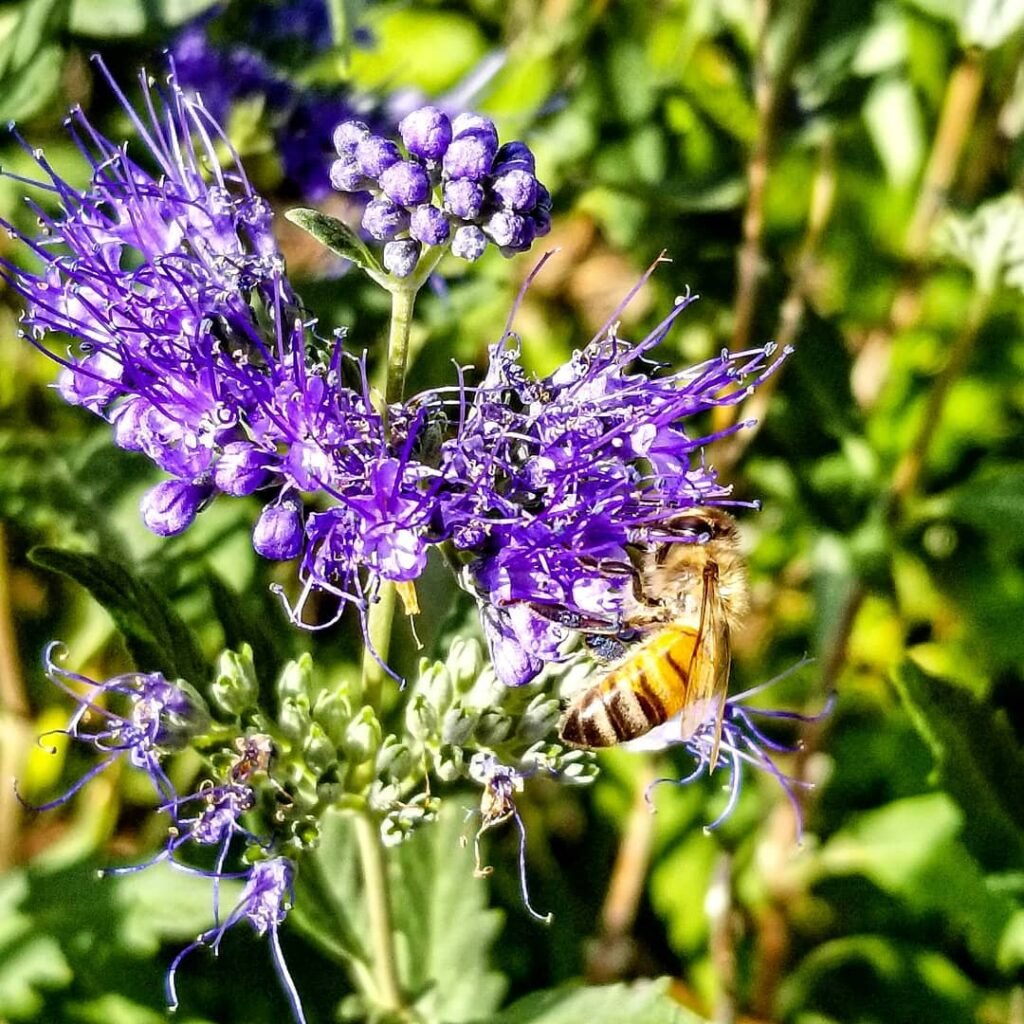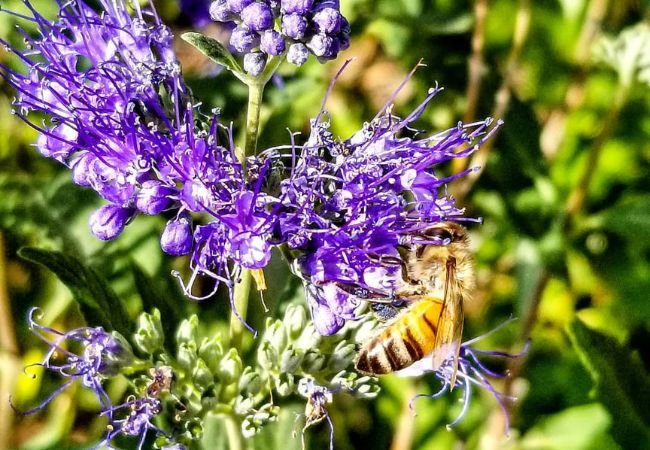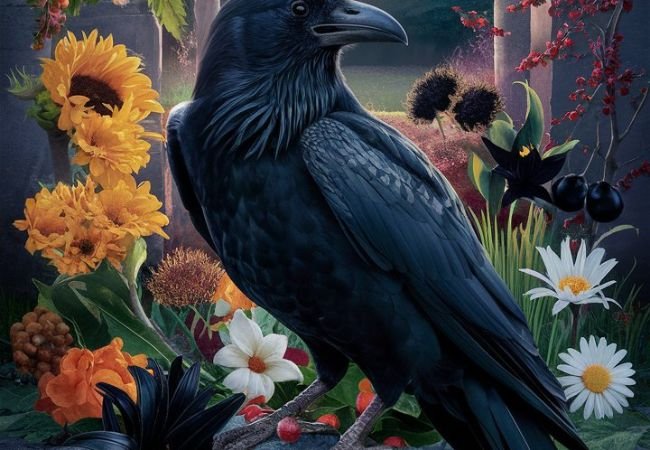Discover how to grow and care for Blue Mist Spirea, a stunning late-summer blooming shrub. Learn expert tips on planting, pruning and maintenance to enhance your garden’s beauty and attract pollinators.
Blue Mist Spirea (Caryopteris x clandonensis) is a deciduous sub-shrub known for its aromatic foliage and vibrant blue-purple flowers that bloom in late summer to early fall. It thrives in full sun, well-draining soil, and is drought-tolerant once established. Regular pruning in early spring helps maintain its shape and promote abundant blooming.
Introduction to Blue Mist Spirea

As a horticulturist with over two decades of experience in ornamental shrubs, I’m excited to share my knowledge about the charming Blue Mist Spirea. This low-maintenance shrub is a favorite among gardeners for its late-season color and ability to attract pollinators.
Understanding Blue Mist Spirea
Blue Mist Spirea, despite its common name, is not a true spirea. It belongs to the Lamiaceae (mint) family and is scientifically known as Caryopteris x clandonensis. This plant is a hybrid between C. incana and C. mongholica.
For more taxonomic information, visit the USDA Plants Database.
Popular Varieties
- ‘Dark Knight’: Deep blue flowers
- ‘Longwood Blue’: Sky blue flowers with silvery foliage
- ‘First Choice’: Compact habit with deep blue flowers
- ‘Sunshine Blue’: Golden foliage with blue flowers
- ‘Worcester Gold’: Yellow foliage with pale blue flowers
Planting Blue Mist Spirea
Timing
Plant in spring or early fall to allow root establishment before extreme temperatures.
Location
Choose a spot with:
- Full sun (at least 6 hours of direct sunlight daily)
- Well-draining soil
- Protection from harsh winds
Soil Preparation
Prepare the soil by:
- Ensuring good drainage
- Adding organic matter if soil is heavy
- Aiming for a slightly acidic to neutral pH (6.0-7.0)
For more on soil preparation, check out Penn State Extension’s guide.
Planting Process
- Dig a hole twice the width of the root ball and as deep
- Place the plant at the same depth it was in its container
- Backfill with soil and water thoroughly
- Apply a 2-3 inch layer of mulch, keeping it away from the stem
Caring for Blue Mist Spirea
Watering
- Water deeply and regularly during the first growing season
- Once established, Blue Mist Spirea is drought-tolerant
- Avoid overwatering, as it can lead to root rot
Fertilizing
- Apply a balanced, slow-release fertilizer in early spring
- Avoid over-fertilizing, which can promote excessive foliage growth at the expense of blooms
For more on fertilizing shrubs, visit Clemson Cooperative Extension’s page.
Pruning
- Prune in early spring before new growth begins
- Cut back to about 6-8 inches above the ground
- Remove any dead, damaged, or crossing branches
Learn more about pruning techniques from the University of Minnesota Extension.
Pest and Disease Management
Blue Mist Spirea is generally pest and disease resistant, but watch out for:
- Spider mites in hot, dry conditions
- Root rot in poorly draining soils
Landscape Uses
- Plant in mass for a stunning late-summer display
- Use as a low hedge or border plant
- Incorporate into butterfly gardens or pollinator-friendly landscapes
- Pair with late-blooming perennials like Echinacea or Rudbeckia
Winter Care
- In colder regions (USDA zones 5-6), provide winter protection
- Apply a thick layer of mulch around the base after the ground freezes
- In spring, wait until you see new growth before removing winter protection
Propagation
- Take softwood cuttings in early summer
- Divide established plants in spring
For detailed propagation techniques, check out North Carolina State Extension’s propagation guide.
Conclusion
Blue Mist Spirea is a versatile and low-maintenance shrub that brings a welcome burst of color to the late-summer garden. With its attractive foliage, aromatic leaves, and pollinator-friendly blooms, it’s an excellent choice for gardeners looking to extend their garden’s season of interest. By following the care guidelines outlined in this guide, you can enjoy the beauty of Blue Mist Spirea for years to come.
For more information on creating pollinator-friendly gardens, visit the Xerces Society’s Pollinator Conservation Resource Center.
For more gardening tips and plant care guides, visit usagardenhub.com.






One comment on “Blue Mist Spirea : A Gardener’s Guide to Growing this Late-Summer Beauty (2024)”